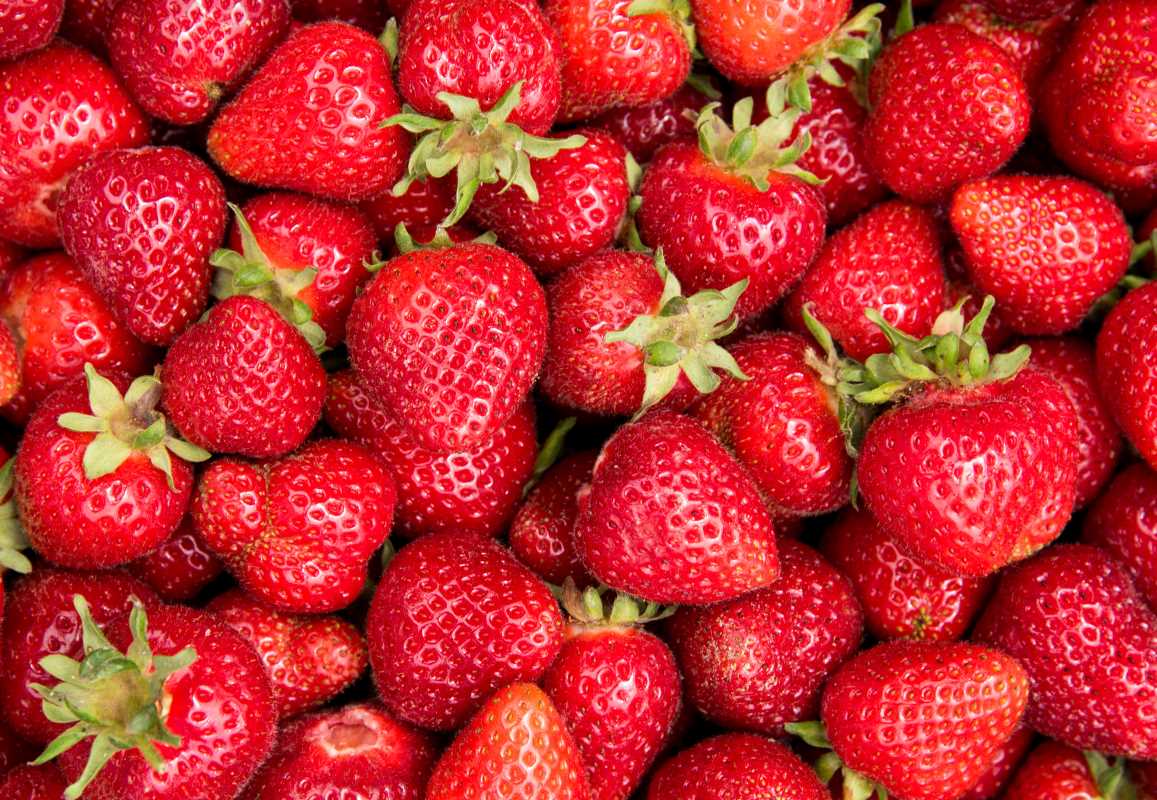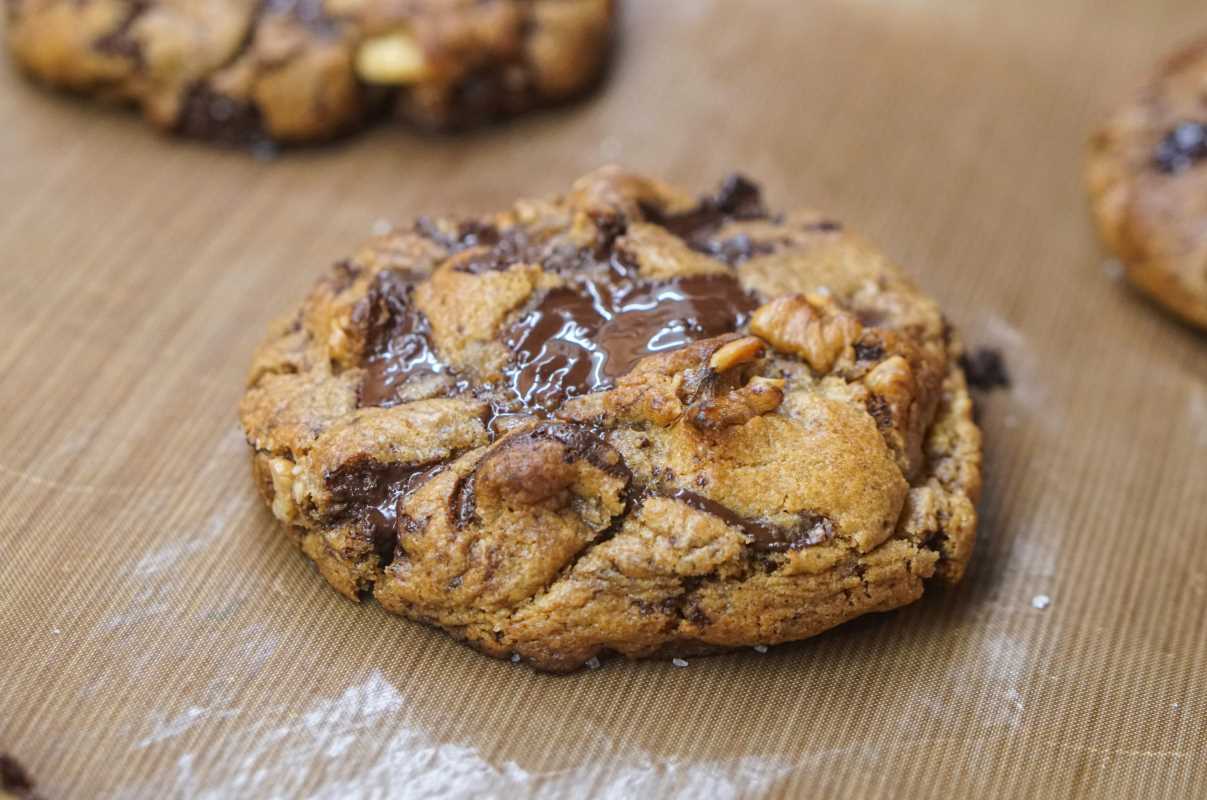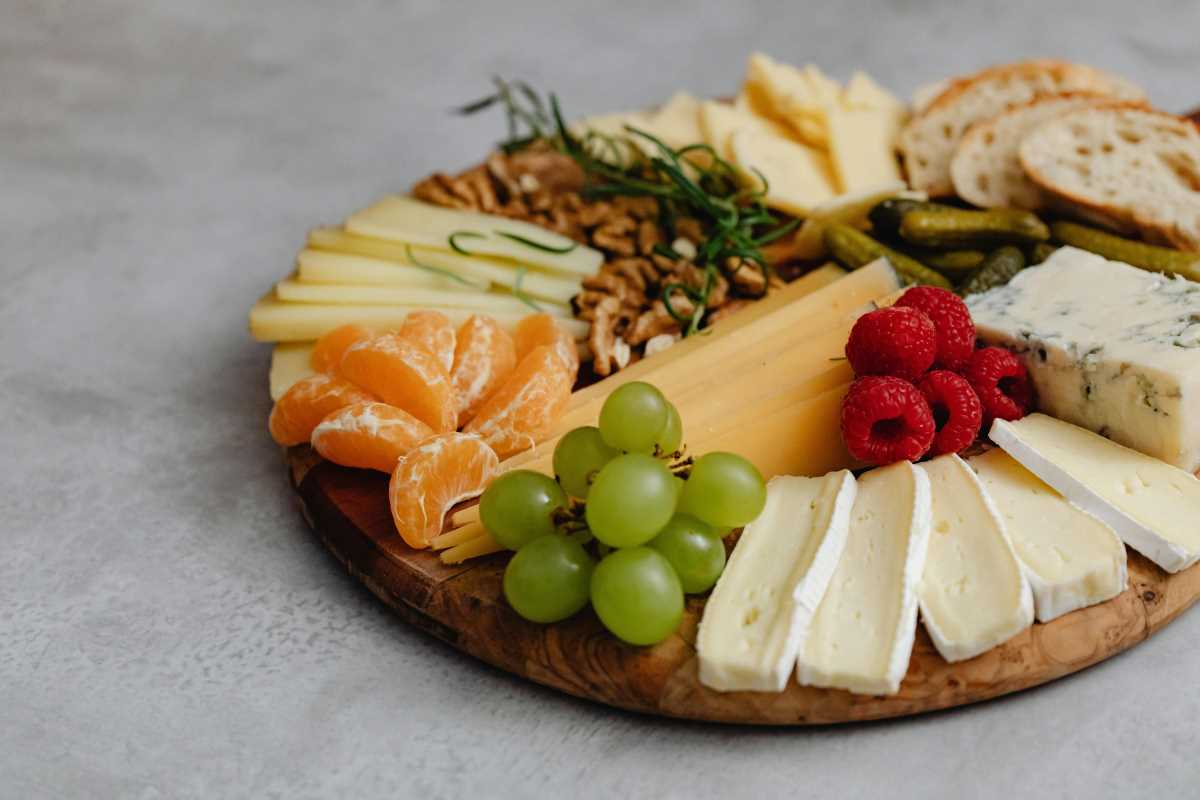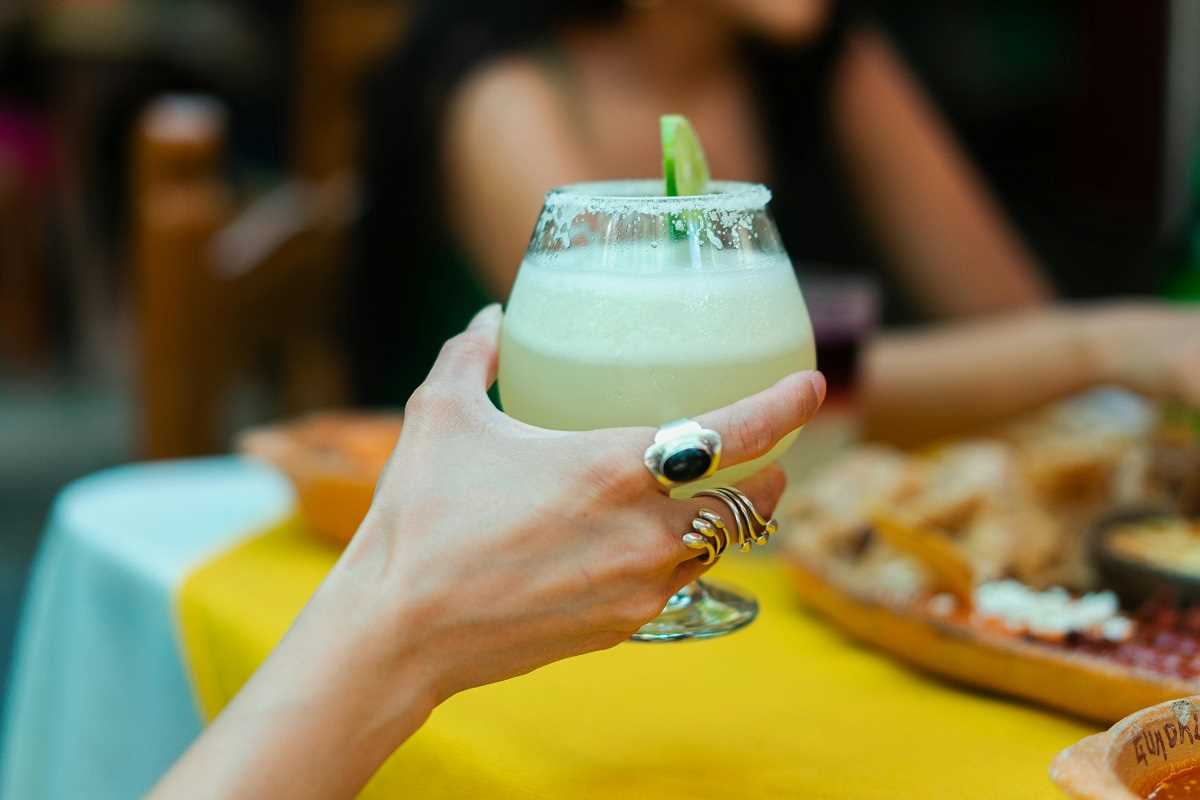Chocolate chip cookies. They’re the Michelangelo of desserts, the gold standard of sweets, the dessert equivalent of a warm hug from your favorite sweatpants. And yet, for something so timeless and universally adored, nailing the perfect chocolate chip cookie can feel like chasing a unicorn in a rainstorm. Crispy edges, gooey centers, and that melty chocolate harmony don’t happen by accident. Lucky for you, science has your back.
Yes, science. That intimidating high school enemy with beakers and periodic tables is secretly the secret to heavenly cookies. Why are they chewy? Why are they crispy? Why do some crumble like dry sand while others ooze doughy joy? It all comes down to the fine art of chemistry. Here’s how you can bake the perfect chocolate chip cookie, with a little help from the laws of molecular magic.
The Science of Cookie Perfection
To understand cookies, you have to know your endgame. Do you crave crispy crunch, buttery softness, or chewy glory? Each cookie personality comes from a delicate balance of ingredients, temperature, and time.
Crispy: These cookies are all about spreading out super-thin and baking until golden. Think snap, not chew.
Soft: Fluffy, pillowy clouds of sweetness. These usually lean on higher moisture levels and shorter baking times.
Chewy: The perfect marriage of gooey middle and dense texture, achieved with precision mixing.
Now, grab your lab coat (or apron). It’s time to deconstruct the cookie.
Ingredient Selection (A.K.A. Your Cookie Building Blocks)
Every ingredient in your chocolate chip cookie is doing a job. Let’s dissect the team.
1. Flour
Flour is the skeleton of your cookie. All-purpose flour is the MVP here, but how you measure it matters. Too much? Dry, sad cookies. Too little? A melty, structural disaster. Pro tip? Scoop your flour correctly by fluffing it, spooning it into a measuring cup, and leveling it off with a knife. Don’t just dunk the cup in the bag like a monster.
Want more chew? Use bread flour. Its higher protein content gives the dough more elasticity. Prefer softer cookies? Try blending in some cake flour for a tender, delicate crumb.
2. Sugar
Sugar is the flavor driver, sure, but it’s also a texture wizard. The ratio of white to brown sugar changes everything.
- White sugar: Encourages spreading and crispiness. It caramelizes at higher temps, forming that coveted crunch.
- Brown sugar: Adds moisture (thank you, molasses) and chewiness. It’s hygroscopic, meaning it hoards water like a dragon guarding treasure.
Want chewy magic? Go heavy on the brown sugar. Dreaming of thin, crispy edges? Dial up the white sugar.
3. Butter
Ah, butter. The soul of the cookie. Melted butter leads to chewy cookies, while creamed, room-temperature butter traps air for fluffier results. Cold butter? That’s for biscuits. Also, salted or unsalted? Always unsalted. Why? You’re the boss of the salt levels, not some dairy company.
Butterless and hoping for a rich taste? Sub in browned butter for nutty, toasty vibes. Be warned, though—it’ll make the dough slightly thinner due to the melted consistency.
4. Eggs
Eggs bind the dough, but they also add moisture and fat. The yolks bring richness, while the whites contribute structure. For a chewier cookie, add an extra egg yolk into the mix.
Pro tip for wannabe mad food scientists? Experiment with chilling your eggs. Cold eggs create a thicker cookie that spreads less. Warm or room-temp eggs? You’ll get more expansion and thinner cookies.
5. Baking Soda vs. Baking Powder
Here’s where science gets a little fiery (literally).
- Baking soda (sodium bicarbonate) reacts with acidic ingredients (like brown sugar) to give your cookie structure and chew.
- Baking powder has baking soda plus acid built-in and typically leads to thicker, more cake-like cookies.
If you want that signature cookie chew? Stick to baking soda. If you’re the fluffy-cookie type, blend a bit of powder in.
6. Chocolate
Here’s where you get to be as fancy or lazy as you want. Everyone has strong feelings about chocolate choice. Semi-sweet chips are traditional, but dark chunks, milk morsels, or even white chocolate all work. Pro tip? Chop a chocolate bar into uneven shards. You get melty puddles and crispy chocolate bits in every bite.
Bonus move? Add in a small handful of sea salt flakes to your dough. The contrast will make people think you went to baking school. (You didn’t. Your secret’s safe with me.)
Step-By-Step to Chocolate Chip Bliss
It’s time to put all that edible science to work. Follow these steps for cookies that could win a Nobel Prize in deliciousness.
Step 1. The Butter Base
Start by softening your butter (don’t melt unless crispy is your goal). Cream it together with your sugar for 2-3 minutes. This step is no joke. The air you whip into the butter now lays the foundation for texture later.
Step 2. Add Eggs and Vanilla
Crack in your eggs one at a time, mixing well after each. The batter will start to look glossy. Stir in vanilla extract like it’s a magic potion (because it basically is).
Step 3. Dry Ingredient Drama
Sift your dry ingredients into a separate bowl (flour, salt, baking soda, and any extra spices if you’re feeling zesty). Gradually combine the dry mix into the butter base. Don’t overmix unless “tough cookie” is your life motto.
Step 4. Chocolate Time
Dump in your chocolate surprise stash. Stir just until combined. Resist eating the dough long enough to move to Step 5. (That’s the real test, honestly.)
Step 5. Chill Out
This is the difference between rookie cookies and pro-level perfection. Chill your dough for at least 24 hours. This gives the flour time to hydrate, intensifies the flavor, and reduces spreading. Cookies baked straight from the bowl? Delicious. Chilled cookies? Life-alteringly good.
Step 6. Bake It Off
Preheat your oven to 350°F. Line a baking sheet with parchment (it’s way better than greasing the pan). Scoop even portions of dough (about two tablespoons each) and space them out like antisocial introverts. Bake for 10-12 minutes or until the edges are golden and the centers look slightly underdone. Cookies continue to bake slightly as they cool, so don’t overdo it.
Step 7. Cool and Devour
Transfer your cookies to a wire rack. Now stare them down like a hungry hawk. Congratulations, you’ve reached cookie nirvana.
Additional Pro Tips
- Don’t skip the salt. Cookies without salt are like movies without popcorn. Essential.
- Customizations rock. Add crushed pretzels, coconut, or nuts. Go wild.
- Storage savvy. Store extras (if they exist) in an airtight container. Re-crisp them in the oven if needed.
Science = Delicious
Now you’re armed with all the knowledge you need to bake chocolate chip cookies so divine they’ll make angels weep. Share them with friends, hoard them for yourself (no judgment), or use them as bribes.
 (Image source: Midjourney)
(Image source: Midjourney) 





